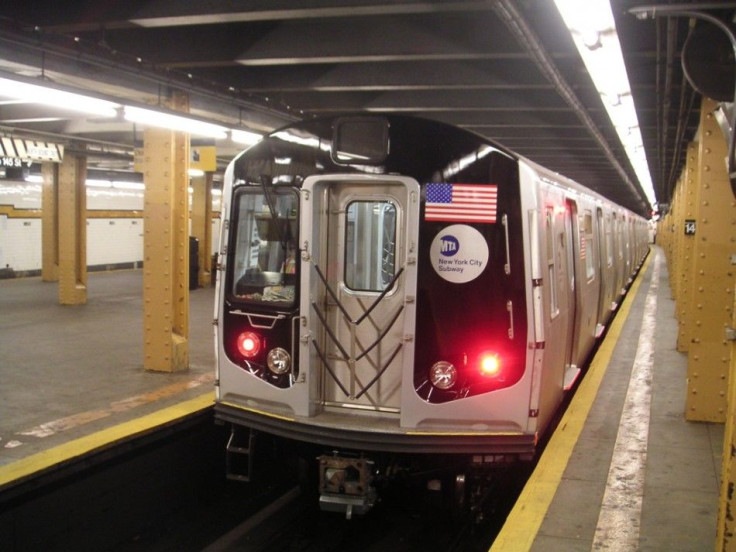NYC Subway Death Photographer Speaks Out

Freelance photographer Umar Abassi, who shot the infamous picture of a man who was about to be struck by a subway train that the New York Post put on its cover, says he never sought controversy.
Abassi told USA Today that he never wants to be the center of any news story and would rather be behind the lens and behind the scenes.
"I would rather not be the story," he said. "I would prefer to be the story teller."
But Abbasi and the pictures he took of Ki-Suck Han in his last moments before getting killed are now important parts of the gruesome story.
Abbasi was at the Times Square subway station on Monday when Han was pushed onto the track by an attacker. He maintains that he already had the camera in his hand and slapped the shots so its flash would warn the train driver to stop. As a result he captured Han's last seconds.
A day later the New York Post used one of Abbasi's photos for the cover with the headline: "Pushed on the subway track, this man is about to die."
The picture showed Han hanging on to the platform for dear life as the train came rushing down the track. Underneath the picture "DOOMED” was written.
The Post was attacked by other journalists and news sources for publishing the photo, along with social media users who criticized the paper for sensationalizing the tragic event.
Many people on Twitter and Facebook questioned why Abbasi didn’t try to help Han instead of snapping photos, but the photographer said he had no time to step in.
He finds it difficult to talk about the event.
"It is hard on me. Every time I speak with someone, I relive the moment," he said. "I am reliving the pain and the sounds that are associated with this tragedy."
He expressed his condolences to Han’s wife Serim, and his family though he has not contacted them.
"What am I going to say?" he asksed: "That I could not save your husband?"
But he did have a message for Serim.
"I'm sorry for your loss," he said, "and believe me, I would have made every effort to pull your husband off the tracks if I was close enough."
Abbasi defends his actions and in the Tuesday edition of the Post, he wrote, "People think I had time to set the camera and take photos, and that isn't the case."
According to the photographer he was too far away to do anything: "Why didn't the people who were close enough help him?" he asks.
It was the Post’s decision to run the photograph, not his.
"It's a chilling photograph," he acknowledged. "It is a man facing his end."
He also knows that many people are upset with his actions.
"There are people who are just passing judgment," he said and then added that the photos have "started a debate -- a conversation."
"There are both sides to a conversation," he said. "This has opened up a whole dialog about ethics, about safety and our subway system."
© Copyright IBTimes 2025. All rights reserved.






















